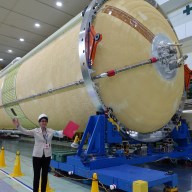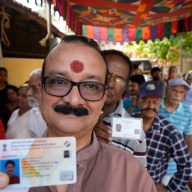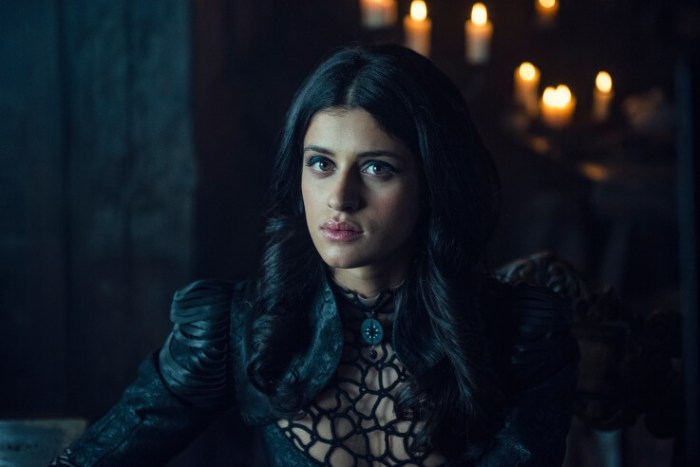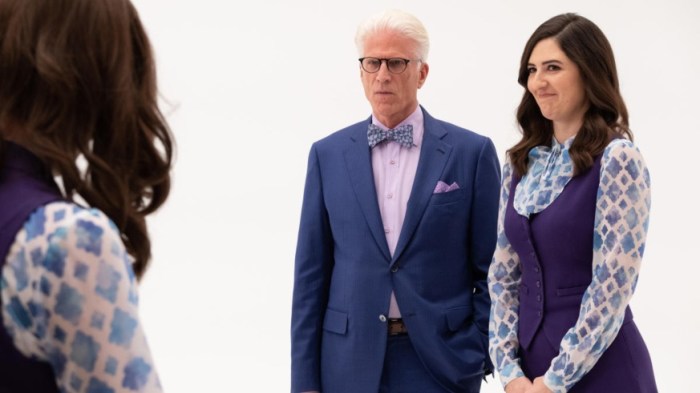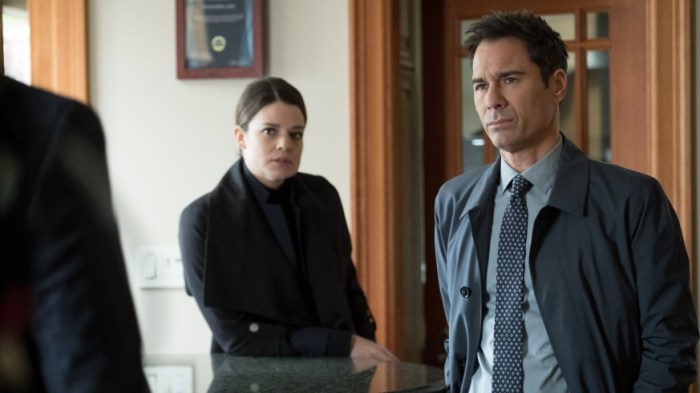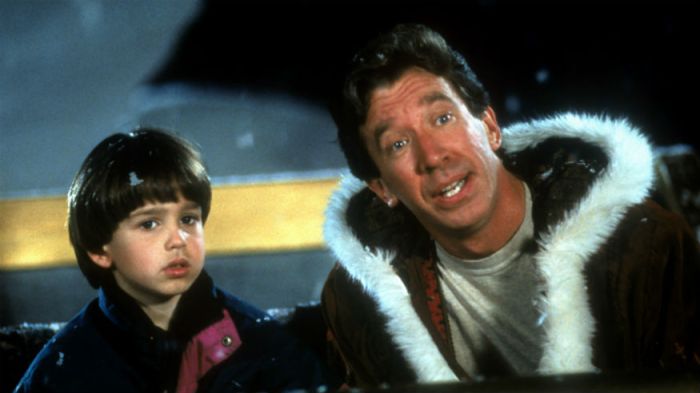Chiwetel Ejiofor didn’t harbor any serious ambition to write and direct before reading The Boy Who Harnessed The Wind.
Sure, he’d overseen two short films, but he insists to Metro that these were just made “recreationally,” as he wanted to “learn more about screenwriting and filmmaking.”
But as the Oscar-nominated actor read William Kamkwamba’s 2009 book detailing how he built a wind turbine from trees, bicycle parts and scrapyard materials to power electrical appliances in his family’s home in Wimbe, Malawi, Ejiofor was “galvanized to pursue screenwriting and directing in a bigger way.”
Chiwetel Ejiofor on The Boy Who Harnessed The Wind
“I was just really inspired by it,” recalls Ejiofor, whose parents hail from Nigeria. “It is so hopeful and optimistic. Especially since it is a story from a part of the world that there hasn’t been much optimistic cinema about. I was really engaged with that. Because it felt like I was reading something that really related to me.”
“Now, Malawi is very different to Nigeria in both the urban and the rural communities. There isn’t a generic Africa. But there are similarities and I could definitely relate to how William spoke about that community. It reminded me of my treks back and forth to Nigeria. That sense of place, connectivity, tradition, culture, and familial dynamics that are really strong and authentic and deeply rooted.”
Following on from the huge success of the likes of Black Panther and Crazy Rich Asians, Ejiofor believes The Boy Who Harnessed The Wind is yet further proof of the power and appeal of diverse movies and stories from across the globe.
“It feels like there is an interest and an engagement with telling stories from different points of view. Because that enriches our overall artistic and culture landscape. That is the charge and challenge of having diversity in cinema, because it can get us into the points of view of different people in different spaces.”
“That allows us to further understand all the nuances of the world around us and the people around us. All of that is being embraced and that is a wonderful and hugely positive move for everyone that loves movies and the arts.”
Ejiofor not only shot The Boy Who Harnessed The Wind right in Kamkwamba’s home town of Wimbe, but in the house next door to where the inventor was raised. In fact, the only reason they didn’t shoot in Kamkwamba’s actual house was because “he had done so much innovation to it over the years.”

While this “pronounced the responsibility” of telling this incredible true story, Kamkwamba’s exploits also allowed The Boy Who Harnessed The Wind to explore a myriad of different themes and subplots, each of which are bitingly timely.
“There are themes in the story about climate change, economics, that people really can relate to in a wider, political way” explains Ejiofor. “That includes conversations on democracy and individualism.”
“There’s a lot that people can invest in, beyond the film’s immediate circumstances. All of which makes it feel really urgent and authentic. Both within the context of Malawi and 2001. And also in a much more larger way beyond that.”
The Boy Who Harnessed The Wind is released on Netflix on March 1.






